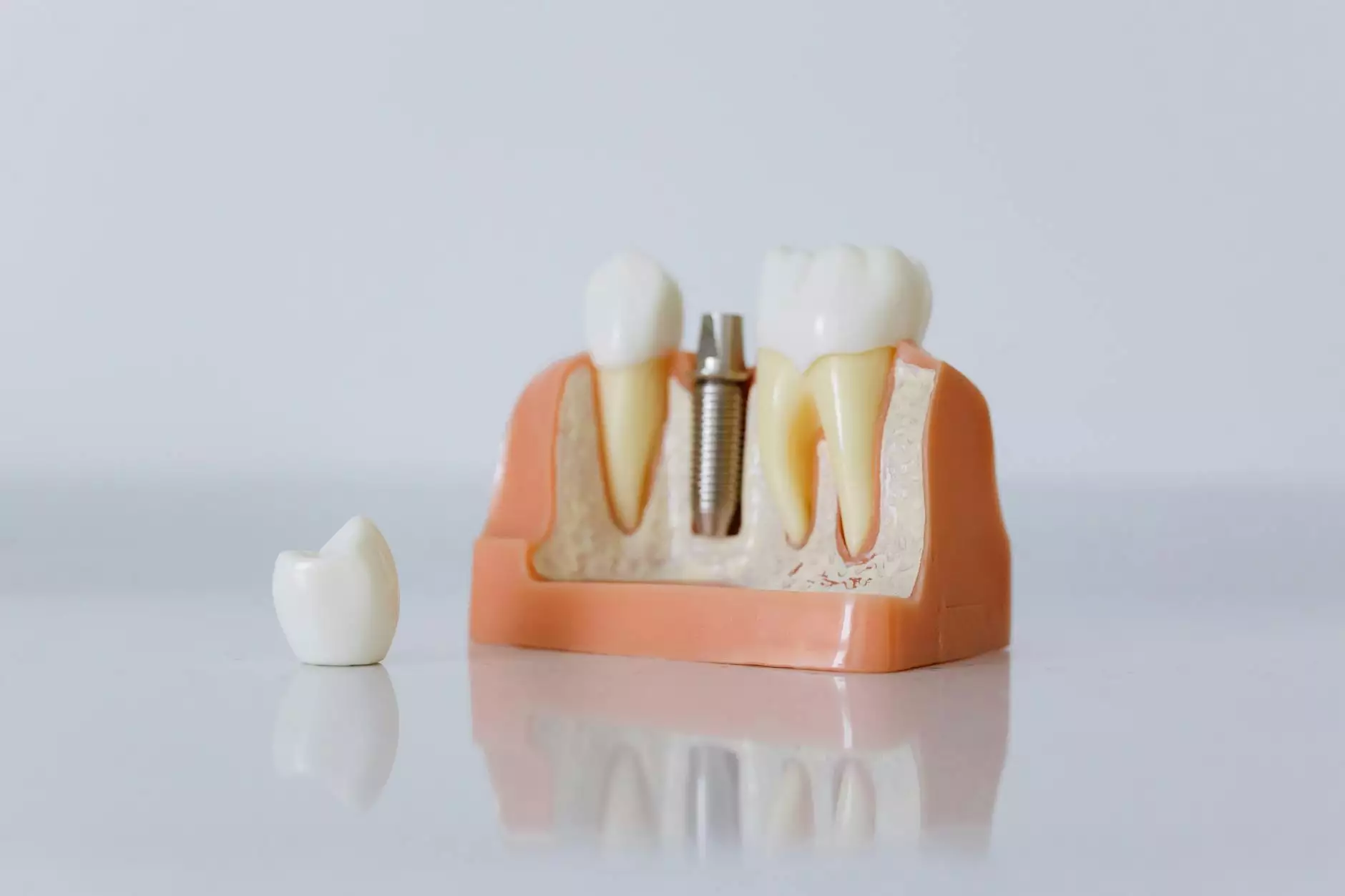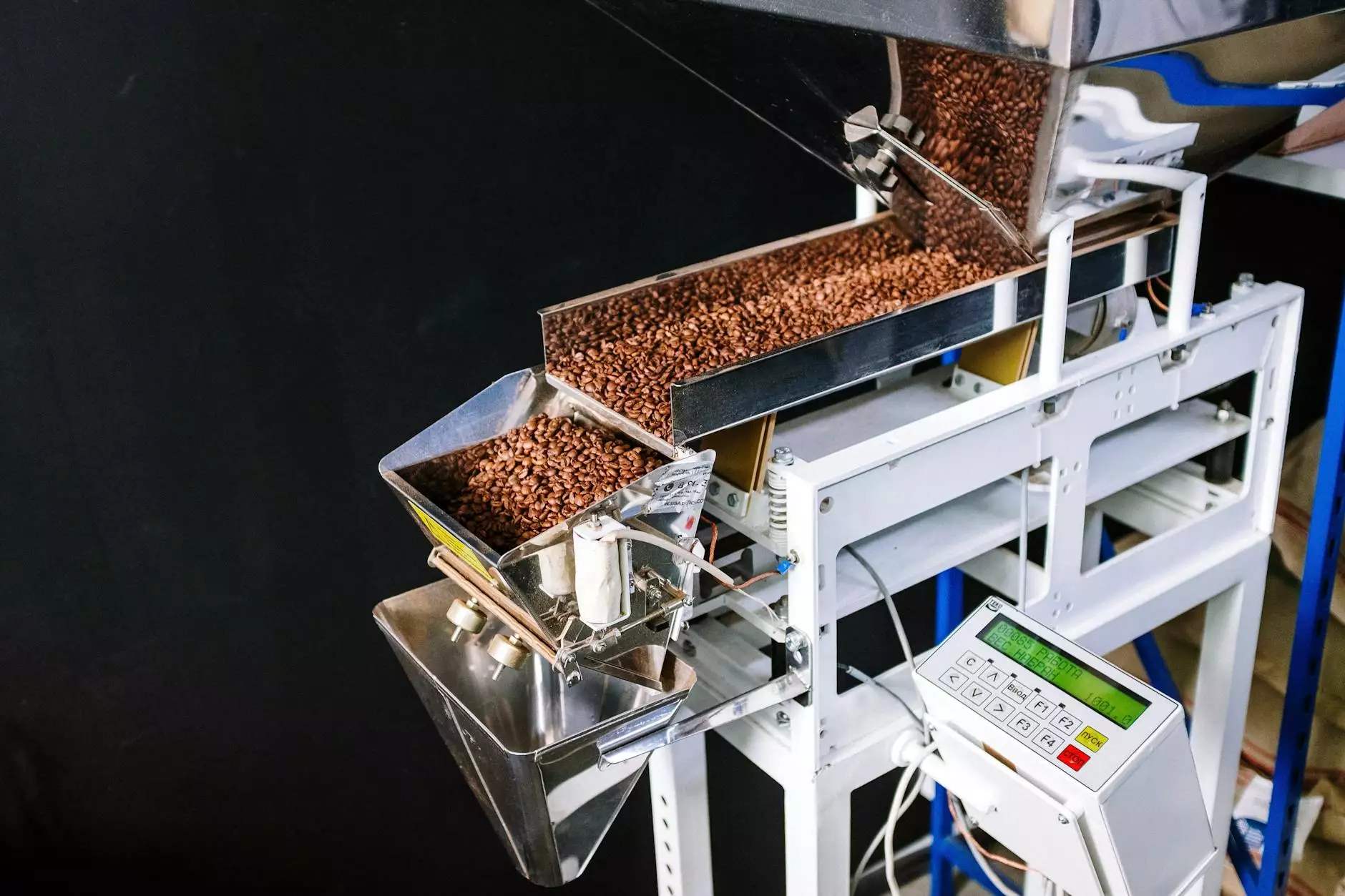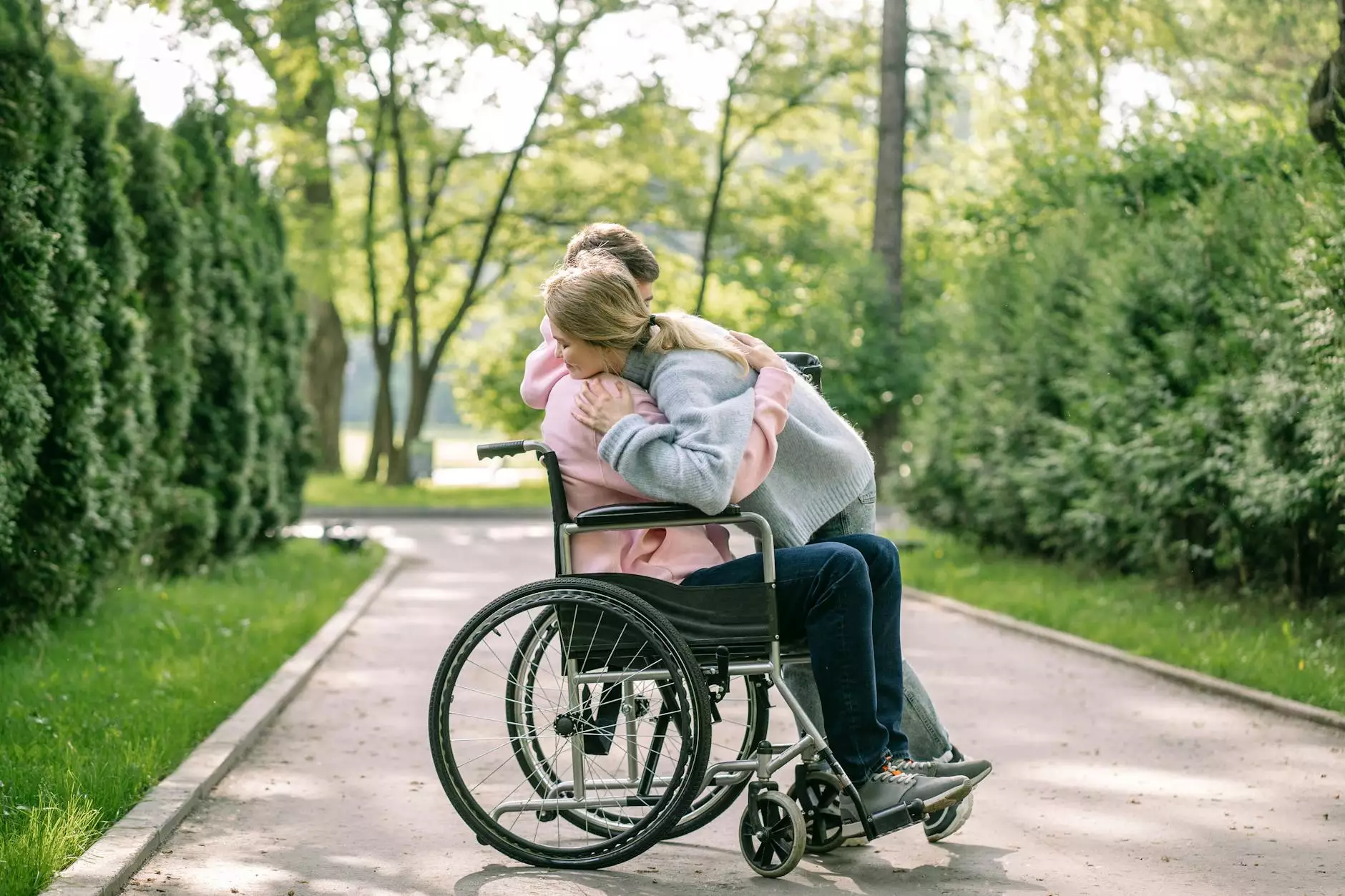Understanding the Signs of a Blood Clot in Your Leg

Blood clots can pose serious health risks, especially when they occur in the legs. It is crucial to be aware of the signs of a blood clot in your leg so that you can seek timely medical assistance. In this comprehensive guide, we will discuss what blood clots are, their causes, symptoms, and the importance of early detection.
What is a Blood Clot?
A blood clot, or thrombosis, is a semi-solid mass formed from blood components. While blood clots are a natural response to injury, enabling the body to stop bleeding, they can also form improperly in veins or arteries, leading to potentially life-threatening conditions. When a blood clot occurs in a deep vein, it is referred to as Deep Vein Thrombosis (DVT).
Causes of Blood Clots
Various factors can contribute to the formation of blood clots, including:
- Prolonged immobility: Sitting or standing in one position for extended periods can hinder blood circulation.
- Surgery or injury: Surgical procedures, particularly involving the hips or knees, increase the risk of clots.
- Obesity: Excess weight places additional pressure on the veins, leading to an increased risk of clot formation.
- Pregnancy: Hormonal changes and pressure from the growing baby can elevate clot risks.
- Certain medical conditions: Conditions such as cancer, heart disease, and autoimmune disorders can contribute to clot formation.
- Hormonal therapies: Certain medications, particularly hormonal contraceptives and hormone replacement therapy, may increase risk.
What Are the Signs of a Blood Clot in Your Leg?
Recognizing the signs of a blood clot in your leg is vital for early diagnosis and treatment. Here are the most common symptoms to watch for:
1. Swelling
One of the initial signs of a blood clot is swelling in the affected leg. The swelling may not be symmetric, meaning that only one leg appears larger. This swelling could be sudden and may occur without any apparent cause.
2. Pain or Tenderness
You may experience pain or tenderness in the leg, often described as a cramp or soreness. The discomfort usually begins in the calf and may feel similar to a muscle pull.
3. Skin Discoloration
The skin over the affected area may exhibit discoloration, ranging from a pale or bluish tint to a red hue. This change can occur alongside swelling and pain.
4. Warmth
The area surrounding the clot may feel unusually warm to the touch compared to the surrounding skin. This warmth is usually accompanied by inflammation.
5. Enlarged Veins
In some cases, the veins near the surface of the skin might appear more prominent or engorged than normal, indicating potential clot formation.
6. Fatigue and General Discomfort
General feelings of fatigue and discomfort in the affected leg can also signal the presence of a blood clot. This can vary in intensity from mild to severe, depending on various factors.
When to Seek Medical Attention
If you experience any combination of the above symptoms, it is vital to seek medical attention promptly. Blood clots can lead to serious complications, including:
Pulmonary Embolism
A pulmonary embolism occurs when a blood clot breaks loose and travels to the lungs. This condition can cause severe breathing difficulties, chest pain, and can be life-threatening.
Chronic Venous Insufficiency
Repeated incidents of DVT can lead to chronic venous insufficiency, a long-term condition that results in difficulties in blood flow and swelling in the legs.
Diagnosis of Blood Clots
Medical professionals often employ several methods for diagnosing blood clots, including:
Ultrasound
An ultrasound uses sound waves to visualize blood flow and can identify the presence of clots in the veins.
Blood Tests
Blood tests can check for substances in the blood that are indicative of clot formation, such as D-dimer levels.
CT Scan or MRI
In more complex cases or to assess the lungs for pulmonary embolism, a CT scan or MRI may be ordered.
Treatment Options for Blood Clots
Once diagnosed, treatment may include:
Blood Thinners
Medications known as anticoagulants help prevent existing clots from growing and reduce the formation of new clots.
Thrombolytics
In severe cases, thrombolytic therapy may be utilized to dissolve clots quickly.
Compression Stockings
Wearing compression stockings can help manage symptoms and reduce swelling by improving blood flow.
Preventing Blood Clots
Preventing blood clots is crucial, especially for those at higher risk. Here are some effective strategies:
Stay Active
Engaging in regular physical activity promotes better circulation and reduces the odds of clot formation.
Avoid Prolonged Sitting or Standing
If your work requires long periods of sitting or standing, make it a point to take short breaks to stretch your legs and walk around.
Stay Hydrated
Proper hydration aids in maintaining good blood consistency and flow, lowering the risk of clots.
Maintain a Healthy Weight
Keeping a healthy weight through a balanced diet and regular exercise can significantly reduce the risk of blood clots.
Conclusion
Understanding the signs of a blood clot in your leg and knowing when to seek medical care is essential for overall health. By recognizing the symptoms, you can take action to prevent serious complications such as pulmonary embolism. Being proactive about your health, staying informed about risk factors, and maintaining a healthy lifestyle contribute significantly to lowering your risk of blood clots. If you suspect a blood clot, do not hesitate to consult a medical professional for diagnosis and treatment.
For more information on vascular medicine and to consult with experienced specialists, visit Truffles Vein Specialists.
what are signs of a blood clot in your leg








